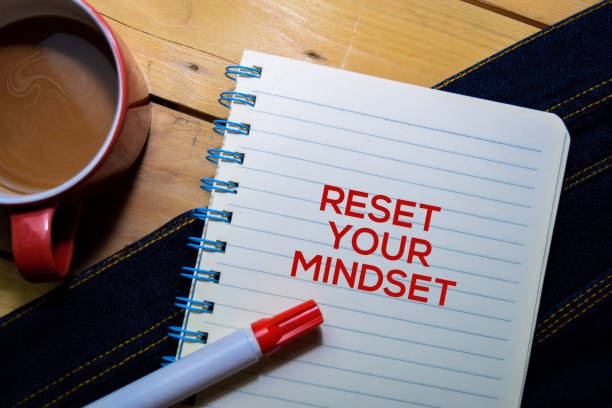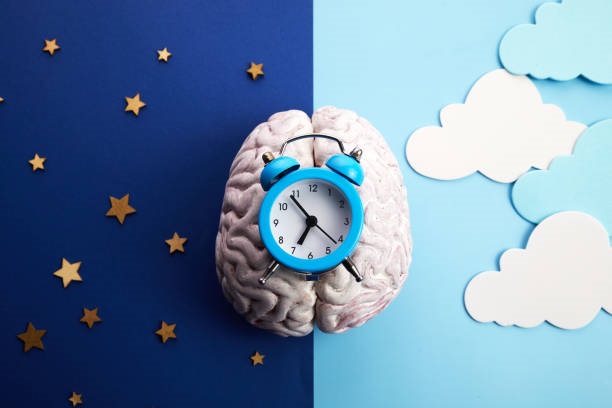
We live in a world where every moment is tied to digital notifications, endless scrolling, and constant communication. This hyper-connected lifestyle overwhelms our brains and impacts our mental health.
Technology gives us convenience but also comes with heavy costs. Our attention spans shrink, stress increases, and true relaxation becomes rare. Resetting the brain has never been more essential than it is today.
The human brain needs space to recharge. However, constant pings and online demands leave little time for mental clarity. Learning how to reset in this environment is the key to long-term wellness.
Digital overload refers to the overwhelming amount of information we process daily. Emails, social media updates, and instant messages flood our minds without giving space for meaningful focus.
Our brains are not designed for constant stimulation. When overexposed, they become fatigued, resulting in memory lapses, irritability, and decreased productivity. Recognizing these signs is the first step to healing.
Awareness of digital overload helps us draw boundaries with technology. Resetting requires both awareness and intentional action, balancing connectivity with offline spaces that nurture calm and presence.
Neurologists explain that overstimulation activates stress hormones. Cortisol levels rise, making it difficult for the brain to relax. Prolonged exposure disrupts sleep patterns and affects overall cognitive performance.
Constant digital engagement rewires the brain’s reward system. Likes, notifications, and instant responses trigger dopamine, creating addictive loops that trap us in endless digital interactions without deep satisfaction.
Breaking this cycle allows the brain to reset. By reducing stimulation, we support natural healing mechanisms, creating better focus, sharper thinking, and emotional balance in our daily lives.
Resetting is not just about unplugging but about creating sustainable mental health practices. A reset improves focus, creativity, and decision-making while reducing stress and burnout.
In a hyper-connected world, our ability to think clearly is often compromised. A reset gives the brain time to rewire, reconnect with priorities, and function with renewed energy and purpose.
Without regular resets, we risk chronic stress, anxiety, and exhaustion. Resetting becomes a necessity for overall wellness, not just a luxury reserved for occasional digital detox retreats.
Mindful disconnection means intentionally pausing from screens and being present. It encourages us to observe our thoughts, feelings, and environment without distraction, giving the brain time to recover.
Simple practices include setting screen-free hours, turning off notifications, or spending time outdoors. Each small step trains the brain to disconnect and reconnect with real-world experiences.
Mindful disconnection enhances awareness of habits. Instead of reacting impulsively to every ping, we develop control, creating balance between online obligations and offline peace of mind.
Quality sleep is a natural brain reset. During deep sleep, the brain clears toxins, consolidates memories, and restores energy levels, making sleep a powerful tool for mental recovery.
Hyper-connectivity often disrupts sleep, with blue light from devices delaying melatonin release. Late-night scrolling prevents deep rest and reduces mental clarity the next day.
Prioritizing sleep hygiene, such as digital curfews, dim lighting, and relaxation routines, allows the brain to reset overnight. Consistency ensures improved focus, mood, and long-term mental resilience.
A digital detox means deliberately reducing or eliminating digital use for a set period. It allows the brain to break free from constant stimulation and regain mental clarity.
Detox strategies include social media breaks, email-free weekends, or designated no-phone zones at home. These conscious boundaries prevent overexposure and promote healthier connections with technology.
Regular detoxes reset mental balance and remind us that life exists beyond screens. Small, consistent breaks are often more effective than extreme disconnections that feel impossible to maintain long-term.
Spending time in nature is one of the most effective brain resets. Green spaces reduce stress, improve mood, and restore focus by engaging the senses in calming, natural rhythms.
Studies show that even short walks outdoors enhance cognitive performance. Nature allows the brain to shift into a restorative state, countering the draining effects of hyper-connectivity.
Whether hiking, gardening, or simply sitting outside, nature resets the brain by fostering presence. The absence of digital noise allows mental clarity to emerge naturally and effortlessly.
Meditation is a proven practice for resetting the brain. It reduces stress, lowers cortisol, and rewires neural pathways to enhance focus, patience, and emotional regulation.
Daily meditation, even for ten minutes, creates space between thoughts and helps manage digital overload. Breathing exercises and mindfulness practices bring calm to overstimulated minds.
Over time, meditation improves self-awareness, making it easier to control digital habits. It strengthens our capacity to live intentionally rather than being ruled by constant connectivity.
Boundaries protect mental space in a hyper-connected world. Without them, work, entertainment, and social interactions bleed into every moment, leaving no room for genuine rest.
Creating boundaries may include turning off push notifications, scheduling screen-free meals, or limiting social media to specific times. These actions encourage intentional digital use.
Healthy boundaries reduce mental clutter, enhance focus, and protect relationships. They allow us to reclaim time and energy while building healthier relationships with technology.
Creativity offers an alternative to constant digital consumption. Engaging in art, writing, music, or cooking allows the brain to reset by shifting attention toward self-expression and flow.
Creative activities stimulate different brain regions, offering balance and reducing stress. Unlike passive scrolling, they build skills and bring fulfillment, nourishing the mind in meaningful ways.
By prioritizing creativity, we replace overstimulation with productive engagement. Creative outlets provide joy, relaxation, and mental renewal, essential for thriving in a hyper-connected age.
True human connection resets the brain more effectively than online interactions. Face-to-face conversations provide empathy, warmth, and emotional depth that digital communication often lacks.
In-person connections reduce loneliness and stress while enhancing overall well-being. They strengthen trust and belonging, which digital platforms cannot fully replicate despite their accessibility.
Prioritizing family dinners, community gatherings, or simple meetups creates genuine bonds. These real-life interactions reset the brain by grounding us in human presence and authentic connection.
Resetting the brain in a hyper-connected world requires consistent effort. Through mindfulness, boundaries, and intentional living, we create healthier relationships with both technology and ourselves.
The goal is not to abandon technology but to use it wisely. Resetting allows us to stay connected while preserving mental clarity, creativity, and emotional well-being.
A balanced future is possible when we prioritize brain resets. By embracing disconnection, nature, sleep, and human connection, we protect our mental health and thrive in a digital age.

This post has been published by the admin of our website, responsible for content management, quality checks, and providing valuable information to our users.


